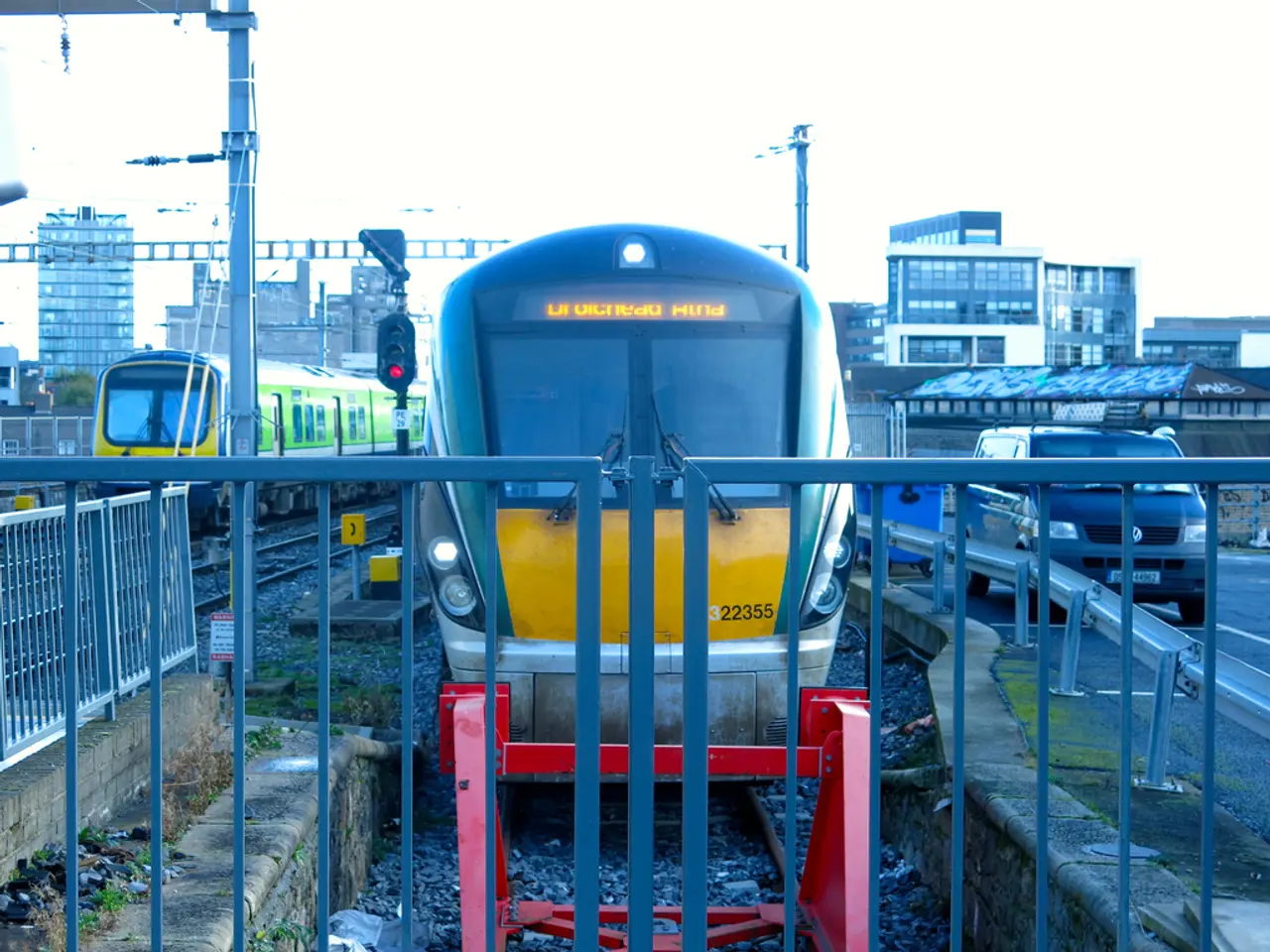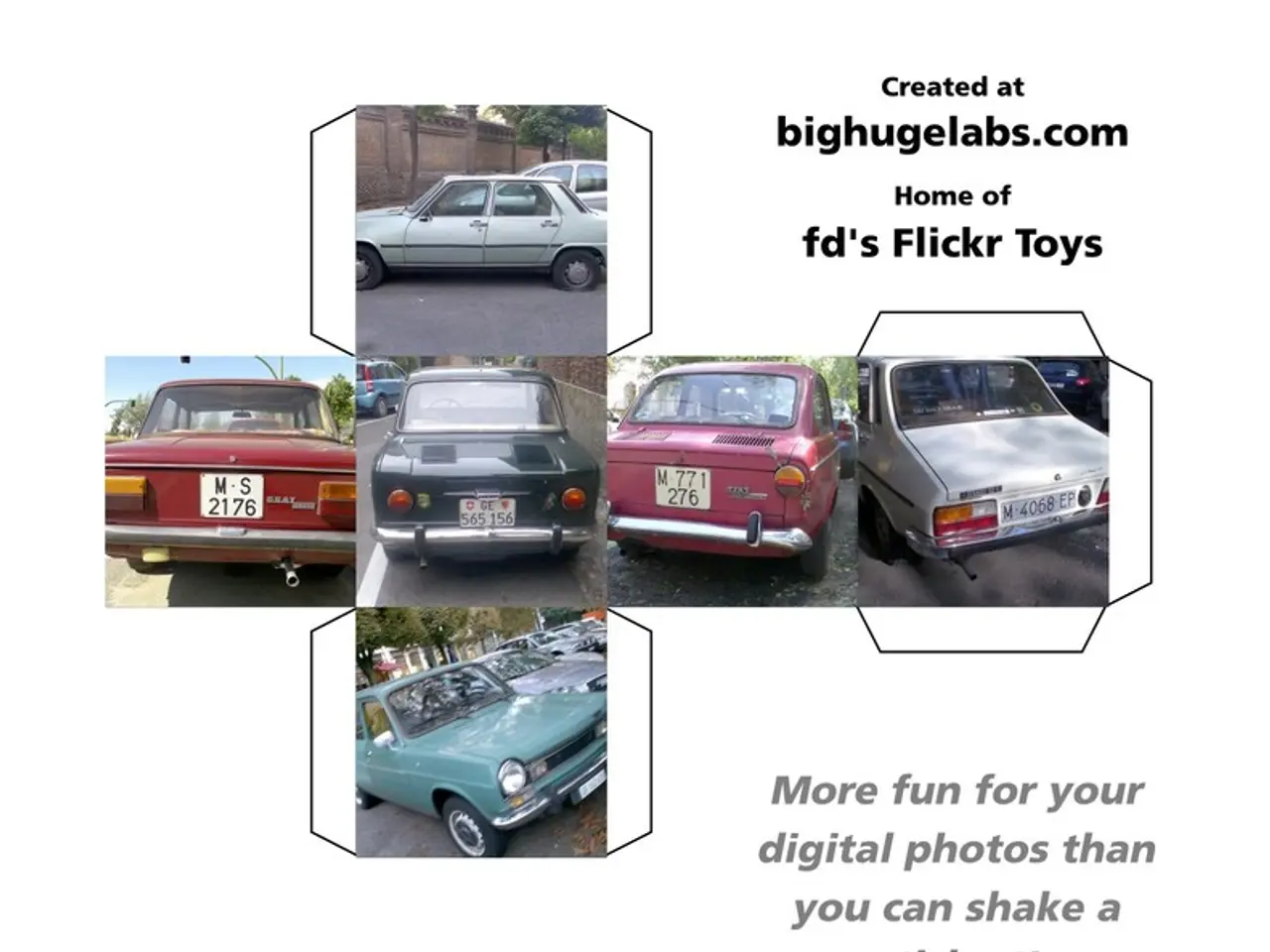Is it Harmful for Cars to Drive on Rail Tracks?
In areas with heavy train traffic, it's essential to pay close attention to your vehicle's condition, particularly the tire pressure, sidewalls, and rim condition. Catching potential issues early can prevent costly repairs down the line.
Poor maintenance, steep approach angles, and weather exposure can make railroad crossings more challenging. Repeated hard jolts from crossing train tracks can prematurely wear down shocks, struts, and coil springs.
Train tracks consist of steel rails, ties or sleepers, ballast, flangeways, and other components. These uneven and often raised railroad ties can cause jolts to the suspension system and tires, while the rough surface can scrape or damage the undercarriage of the vehicle.
If your wheels bounce while crossing tracks, especially in wet or icy weather, your tires may temporarily lose traction, potentially increasing your stopping distance. This can be particularly dangerous, as many drivers instinctively slow down for tracks, but some don't. Sudden speed changes can cause rear-end collisions, especially on highways with unexpected train crossings.
Electronic component interference is rare but possible near train tracks due to electromagnetic activity from rail systems. In some regions, especially in rural America, outdated or unmaintained crossings can remain in poor condition for years, potentially causing unexpected car repairs.
To minimize damage when driving over train tracks, approach them slowly and at a right angle to reduce the impact forces. Slowing down lessens the shock to the suspension and tires, while crossing the tracks straight-on avoids scraping along the side. It is also helpful to ensure the vehicle’s clearance is adequate for the railroad crossing, avoiding low-hanging components from hitting the track bed.
Common types of damage cars can experience when driving over train tracks include suspension damage, tire and wheel damage, underbody scraping, and possible misalignment or damage to the exhaust system. In worst-case scenarios, underbody scraping can crack or dent the oil pan or exhaust system, rip out brake lines or fuel lines, and open the underbody to water intrusion and corrosion.
Hitting train tracks at an angle or with one wheel more forcefully than the others can subtly nudge your wheels out of alignment. This can lead to steering that pulls to one side, vibration in the steering wheel, rapid, uneven tire wear, and decreased fuel efficiency.
In cities like New York, San Francisco, or Toronto, you may drive over embedded rails that are flush with the road. These are usually streetcars (trams), light rail lines, or old industrial or port rails.
By following these guidelines—approach at slow, controlled speeds, cross as close to perpendicular as possible, ensure adequate vehicle ground clearance, and avoid sudden acceleration or harsh braking right on the tracks—you can help prevent common types of track-related vehicle damage.
- The sports industry and automotive sector often warn about the impact of train tracks on car-maintenance.
- Neglecting car-maintenance, especially in relation to the suspension system and tires, can become more pronounced when crossing train tracks.
- Sudden financial burdens may arise when cars sustain damage due to improper train track crossings, affecting the lifestyle of vehicle owners.
- The transportation industry recognizes the importance of proper train track crossings, as failing to do so can lead to automotive damage, sudden collisions, and potential hazards for other road users.




